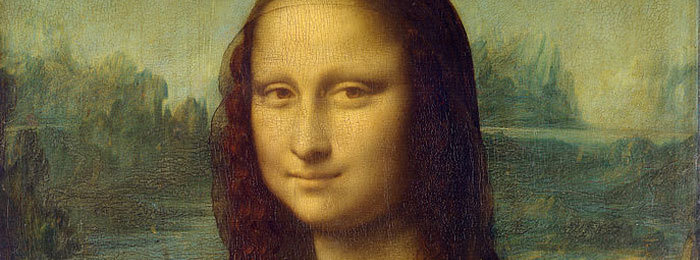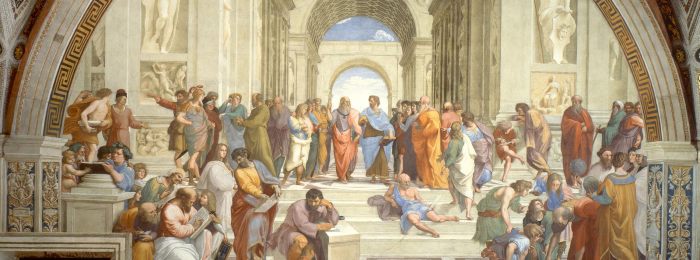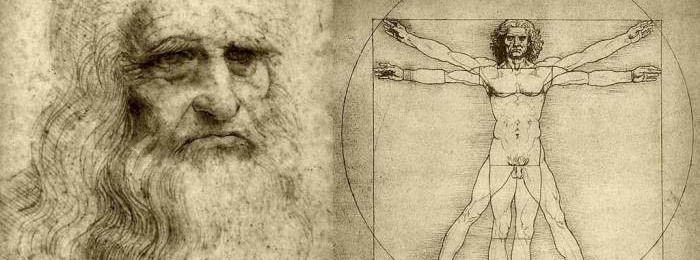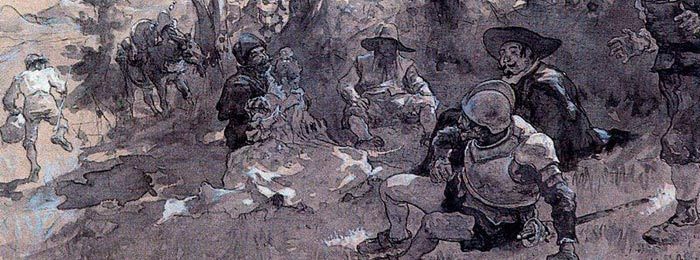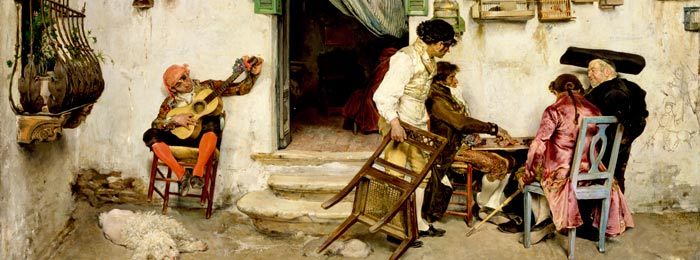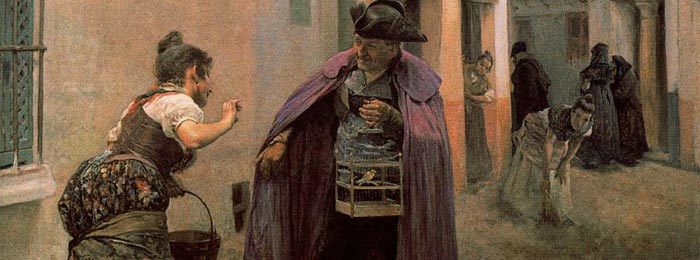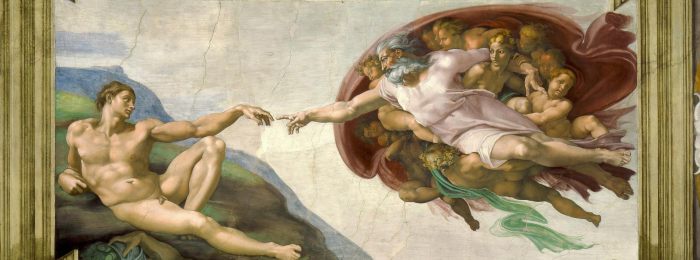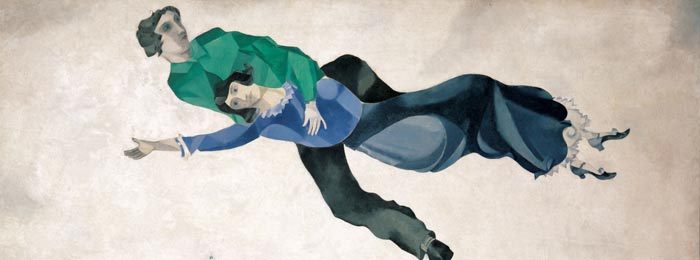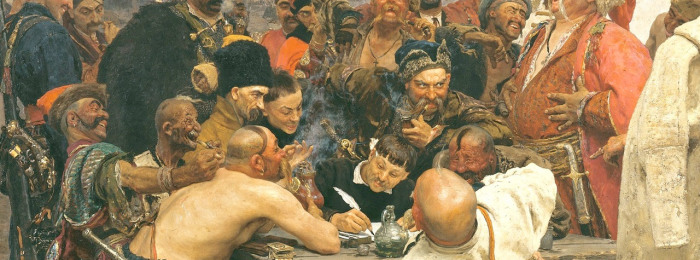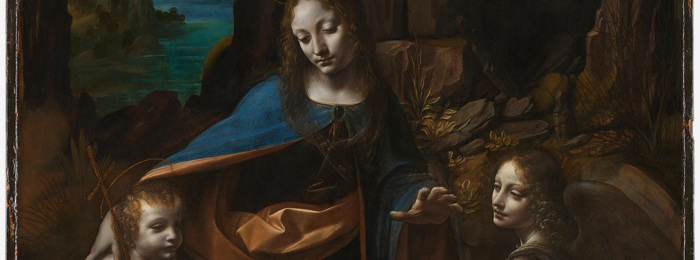On 20 Nov, 2014 With
Article by Clayton Cogmon Jr.
It would be almost impossible to find a person that hasn’t heard of the famed, mysterious, and universally controversial Mona Lisa. She was created by the famed High Renaissance master Leonardo da Vinci, and for decades she has captivated millions of people worldwide. But the question that has to linger in everyone’s head at least once is: “Why is the painting so darn famous to begin with?” Is it those elusive eyes? That captivating smile? Or the fact that it is rumored that the painting is actually a self portrait of da Vinci as a cross dresser? The mystery is a grand one, yet so simple you’ll smack your forehead in disbelief.
The origins of The Mona Lisa begin in Florence, Italy. Supposedly, it was asked for by Francesco du Giocondo. He wanted a painting of his wife Lisa Gherardini. Leonardo, having taken much time off from painting accepted. The theory is he was in need of income and thought the painting was an easy way to get it. However, he would never guessed that he would spend the rest if his life on the piece…
Read More
On 12 Nov, 2014 With
Article by Clayton Cogmon Jr.
Raffaello Sanzio da Urbino (also known as Raphael) was born during the year 1483 in Urbino, Italy. He grew up with a strong talent for the arts, but no one could have predicted that one day pope Julius II would send Raphael an invitation to the Vatican. The invitation was sent to hire Raphael for a commission; this commission would have Raphael paint “… the perfect embodiment of the classical spirit of the High Renaissance”: The School of Athens.
Painted between the years of 1509 to 1511, The School of Athens is one of the most famous fresco paintings ever done by Raphael. It was one masterpiece of many done in the Apostolic Palace by Raphael. There are many reasons why this painting catches the attention of everyone who lays their eyes upon it…
Read More
On 7 Nov, 2014 With
Article by Clayton Cogmon Jr.
Leonardo da Vinci was born April 15, 1452. He is considered by many the greatest painter of all time. However, he is also known as one of the greatest anatomists of his time. When he died in 1519, da Vinci left behind thousands of pages of notes and drawings that lay undiscovered for hundreds of years. These notes include hundreds of surprisingly accurate anatomical sketches.
Leonardo da Vinci first began his sketches in Milan, Italy during the year 1482, already a full fledged artist. He was very curious about the human body; he wanted to get inside and see how it worked. To accomplish this, da Vinci would acquire bodies from the church and dissect them. He analyzed the different muscle groups and tendons, trying to deduce what made what move and what worked where. He recorded these observations in his notebook. Pages upon pages of newfound discoveries and theories were shown. His sketches were done very meticulously and, to modern anatomists surprise, immensely accurate.
Read More
On 4 Nov, 2014 With
JOSÉ JIMÉNEZ ARANDA – 1837-1903
In 1889, Jiménez Aranda’s brother Luis was awarded a prize for “The Hospital,” painted from the interior of a French hospital and meticulously detailed.
The piece received the Medal of Honor at the Spanish Pabillion during the Universal Expo in Paris. This marked a painting renaissance throughout Spain.
The Universal Expo of 1889 initiated a new trend in Spanish painting: Naturalism. José Jiménez Aranda said of his brother Luis’ artwork that “It is simple and logical. We know how to paint, but need to renovate ourselves.”
Only Great Masters are able to change their style—which is exactly what Jiménez Aranda did, proving once more his real talent. He had already mastered the Casaca style and earned a tremendous reputation, and even though he was over 50 years old, he completely changed course…
Read More
On 4 Nov, 2014 With
JOSÉ JIMÉNEZ ARANDA – 1837-1903
In Rome, Jiménez Aranda worked for months, developing the details of his art and further personalizing each piece.
He planned his pictures in successive stages, determining in advance what he was going to paint, and in exactly what way.
The figures in his “cloak” (casacones) paintings were carefully studied. He constantly made sketches and preparatory drawings for each canvas.
He conducted rigorous research about the objects and clothes he included.
The attitudes and manners of his characters are natural and well-balanced, the figures relaxed and lacking any artificiality…
Read More
On 3 Nov, 2014 With
JOSÉ JIMÉNEZ ARANDA – 1837-1903
An artist that demanded a tremendous amount out of himself…
José Jiménez Aranda was born in Seville, Spain, on February 7, 1837.
He was known for his plain yet elegant manners and for his fiery temper. He would display a gentle look as he made heartfelt, simple, and precise statements.
When observing a piece of art that he despised, he would make a very scrupulous and witty analysis of the piece, disregarding the creator.
Sorolla spoke of Jiménez Aranda as a Great Master of Art, as well as a gentleman of character and humility, from whom much could be learned, not only in matters of art but of personal conduct as well.
In 1848, when Aranda was 14, his father enrolled him in the Royal Academy of Fine Arts of Santa Isabel of Hungary, located in Seville, Spain, where he would himself teach in his late years. His Tutors were Don Antonio Cabral Bejarano, the patriarch of Sevillian painting and an excellent artist in his own right, and Don Eduardo Cano de la Peña, an innovative teacher who would encourage his students to look for inspiration from life, transgressing the Academic standards of the time…
Read More
On 2 Nov, 2014 With
Article by Clayton Cogmon Jr.
Just about everyone knows about the great sculptor Michelangelo. However, it was very surprising to discover that not too many people know that this great sculptor was also a great painter; his most famous painting (or should I say paintings), was the nine paintings on the Sistine Chapel ceiling. These paintings are considered cornerstone works of High Renaissance art.
The Sistine Chapel ceiling was painted between the years 1477 and 1480. The project was given to Michelangelo by Pope Julius II. Michelangelo was very reluctant to accept this project given the fact that he was primarily a sculptor and had not painted in fresco ( a technique of mural painting executed upon freshly laid lime plaster) in around twenty years. He also stated that: “Painting was for women.” The Pope however, was insistent, so Michelangelo was forced to accept the strenuous project…
Read More
On 26 Oct, 2014 With
Mark Chagall, one of the brightest Modernist artists, was born in Vitebsk, Belarus, on 7 July 1887. The eldest of nine children, Chagall came from a poor Jewish family. His mother ran a grocery while his father worked as a porter to support the family. His parents had hopes that their son would pursue a lucrative career, but he had his eyes set on one thing: art. After much cajoling, he convinced his mother in 1906 to let him study with a famous local artist, Yehuda Pen.
The art lessons were a disappointment for young Chagall. Although he respected his instructor, his lofty opinion of himself and lack of interest in Classical forms caused Pen to dismiss him as merely average, and Chagall ended his studies within two months. Fortunately, he soon found his muse: Bella Rosenfeld. He fell immediately in love with her and she became his strongest source of inspiration, even into the mature period of his career…
Read More
On 12 Oct, 2014 With
Article by Vladimir London, Drawing Academy tutor
Ilya Repin was born on 24 July 1844, in Chuguevo, Ukraine. A talented artist from a young age, local icon painters recognized his gifts and took him under their wing. The young man also worked for them, earning enough money to move to St. Petersburg and enter a painting school, from which he ascended in 1863 to join the Academy of Fine Arts. Despite his personal gifts, he viewed himself as merely lucky, and worked as a house-painter to support himself during his studies.
The most famous painting from his early period, and the one that began his ascent within the art world, was Barge Haulers on the Volga. Inspired by scene he witnessed on Neva River, the painting depicts a collection of men harnessed together, struggling to pull a large ship along the river. Repin created a Realist masterpiece in this painting, using a muted palette of earth tones and depicting real men (he found actually men with the harried but resolute expressions to model the characters in the painting) rather than sentimentalized caricatures. Barge Haulers sharply divided the opinions of the art world, with some conservative critics condemning the blunt humanity. Repin’s skill, however, was beyond reproach. ..
Read More
On 30 Sep, 2014 With
Article by Slater Smith
Is color or line more important in a painting? This question spans all the way back to the times of the Renaissance when classical techniques were being rediscovered and invented. Italy, the center of the Renaissance, itself debated the topic which resulted in Florence and Venice creating two separate styles.
The Florentine artists believed that linear construction was the best way to depict nature on a flat surface. To them, drawing was not only the foundation of painting, but also a way to paint. Part of this belief had to do with location. The climate in Florence was suitable for frescoes and tempera paintings. To successfully pull off works with the desired paints were difficult. Both were permanent, so fixing mistakes was tedious and unwanted. Giorgio-Vasari – Last Judgement, the Florence Cathedral Artists in the area…
Read More


